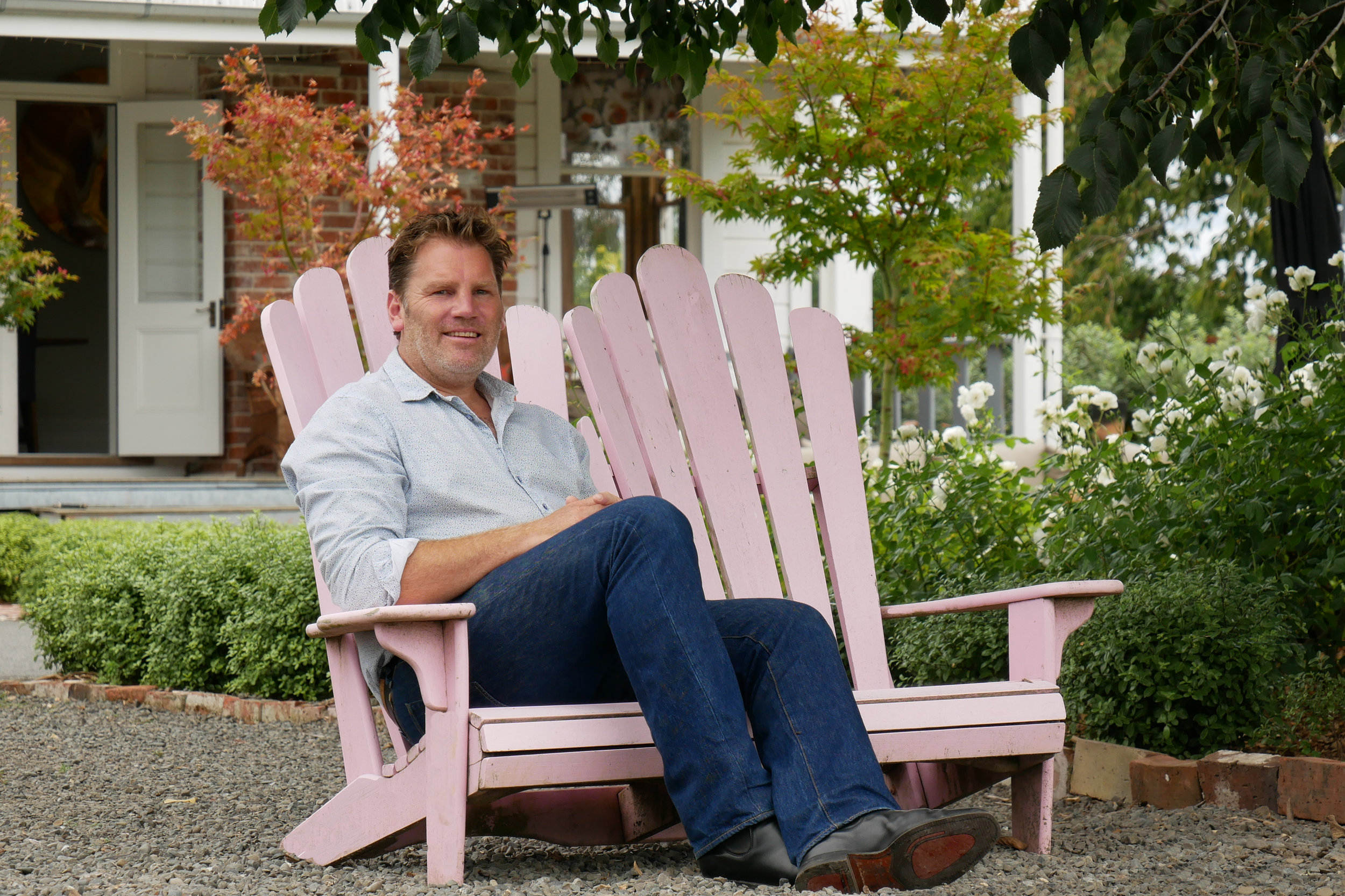2018 - It's all about the money
The challenge for landscape architects in New Zealand in 2018 will be funding, says New Zealand Institute of Architecture president, Shannon Bray.
After nine years of a National Government with a focus on infrastructure, the industry will have to contend with smaller budgets - or no budget - for innovative design, as funding is diverted to social issues.
“I’m not saying that’s a bad thing or a good thing,” Bray told Landscape Architecture Aotearoa. “I’m just saying it’s going to be a concern. There will be less money to deliver design outcomes as Labour takes charge. They are focussed on employment, on people, rather than infrastructure spend or public space.”
But he also sees opportunity with the Greens being part of the Government and environmental issues becoming increasingly important. And that’s not just for the big topics like climate change. It also extends to the greening and beautifying of our public spaces to enhance our lifestyle and wellbeing.
“One of the challenges with the new Government is we (LAs) have some work to do teaching policy leaders that this stuff matters and we can help,” says Bray. But don’t rely on the NZILA to do all the work raising the industry’s profile, he says: get out and do it yourself.
“Often people think the institute must do that and lobby the Government,” says Bray. “But it’s the role of everyone in the profession. We (the institute) will help support people doing that but we can’t be solely responsible. Landscape architects need to remind policy makers and their clients that we are relevant.”
He believes LA’s are often perceived as adding unnecessary complexity and expense to projects. “What we are able to do is have a more strategic overview, we’re able to pull disciplines together. We combine ecology and culture with engineering. We’re able to enrich projects with more layers and not necessarily more cost.
“We’re able to give a sense of place and connection to people that other individual disciplines can’t do on their own.”
Because of those abilities Bray believes local authorities can use LA’s to successfully combine climate adaptation projects with grey infrastructure projects.
He cites a project he’s currently working on in Napier.
It’s a stormwater drain that runs through Napier, built 30 years ago to deal with flooding.
“Our client, who really believes in what we do, says it needs to be more than a drain. It needs to function as a drain but they want more. So they asked us to have a look at it.”
Bray says there were three factors he considered. “One - could we turn this drain into a biodiversity corridor? Could we link habitat that’s in the hills around it, with the coast? Bring the birdlife down through the corridor to the coast because at the moment it’s completely devoid of birdlife. “Two - how can we use it as a recreation corridor? It’s currently fully fenced and nobody’s supposed to go in there, so how do we link cycle and walk paths through there. “And the third thing was about maintenance. How do we reduce maintenance costs? There’s four kilometres that’s currently being mowed.
“So you are saying ‘can we get better use out of it, and save money". The challenge is convincing the client that higher capital costs at the beginning are worth it because there will be lower maintenance and “whole of life” costs.
Bray also believes LA’s would be smart to seize on the Government’s desire to improve workplaces. “People want to know about the social and environmental quality of supply chains,” he says. “Are the workers treated right, is the packaging on my product environmentally clean and green and when it rains does any of the by-product flow down drains and into the sea.
“Dirty, grimy and grotty industrial areas like Penrose (in Auckland) won’t be acceptable. Landscape architects are in a prime position to be able to sort that out.”
There is one area Bray would like to see the industry put a lot more effort into and that’s working with mana whenua. “I think we still have a long way to go,” he says. “We’re just scratching the surface. Some of it’s just tokenism. There are a number of people working with mana whenua early on and that’s terrific. But we probably need to do more work convincing clients it’s worthwhile.
“Maori have a different design process, a more holistic way of thinking. We need to learn more about that and incorporate it into our own work.”
